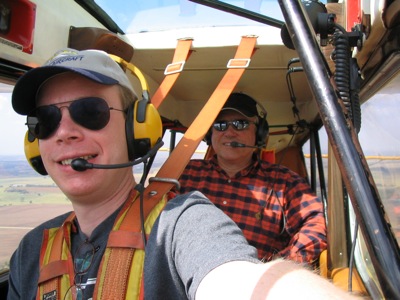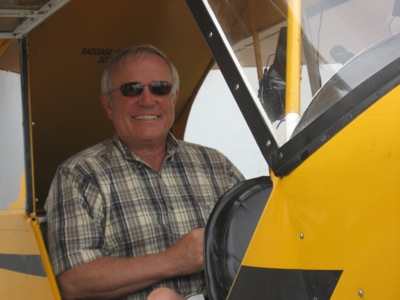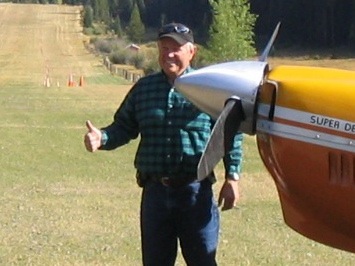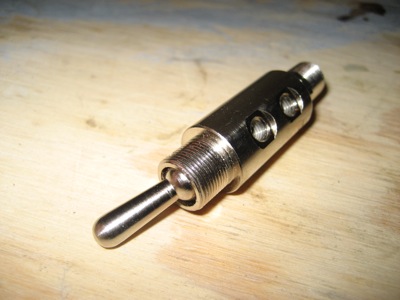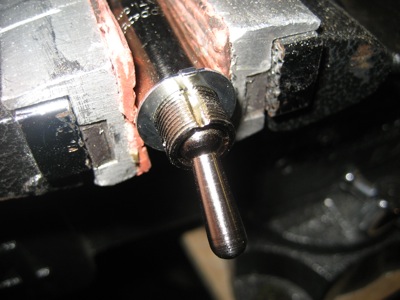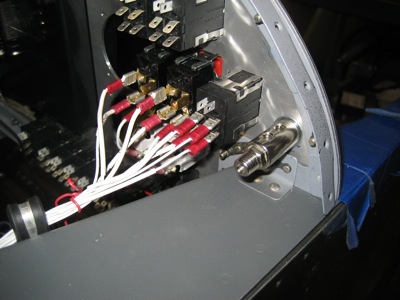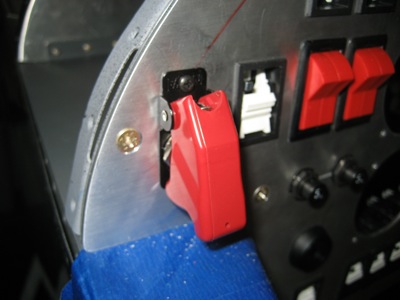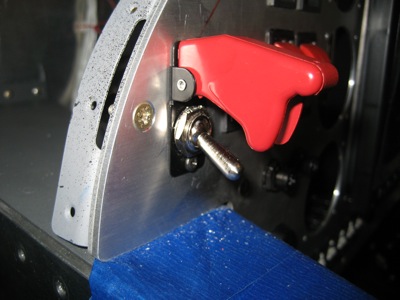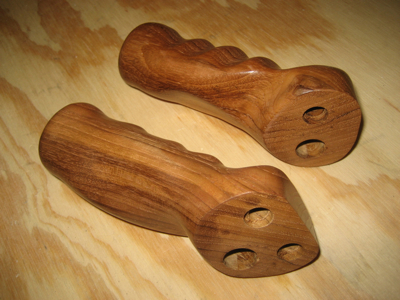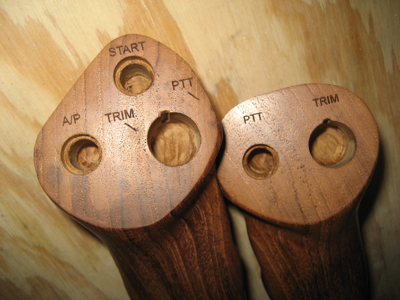My airplane has two B&C voltage regulators, one for the primary alternator and one for the secondary. Each regulator has a flange with quarter-inch mounting holes, which is way overkill for any bolt you'd conceivably use to mount these things. Luckily I found these 10-32 clip nuts, which coincidentally have a bushing in them that perfectly fits into a 1/4" hole.
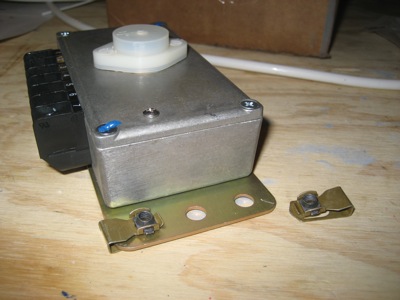
Regulators mounted up. I put them on the top of the avionics shelf, on the passenger side. The bolts come up from the bottom, so I can remove a regulator while laying down under the panel (assuming I ever have to). I got the ground terminals, case ground lugs, and field wires hooked up before I got tired and cold.
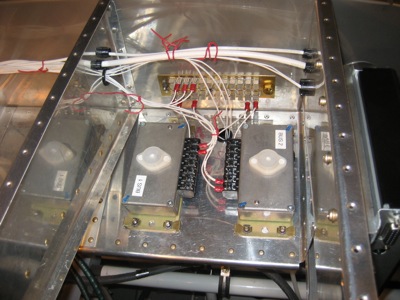
Here's a shot of the fusible links that I added for the alternator field power supplies. Power to each alternator field comes from its respective bus via a fusible link, goes through a 5 amp circuit breaker to the bus master switch, then runs over to the regulator and out to the alternator.

I also spent the last few evenings working on a redesigned annunciator controller. It will be ten times more awesome than the previous design, thanks to some cool shift registers that I found.
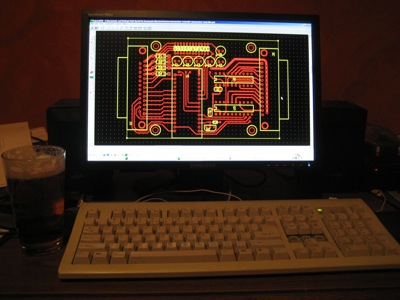
PCB layout has the same effect on my brain that Tetris does. Should I find that alarming?
